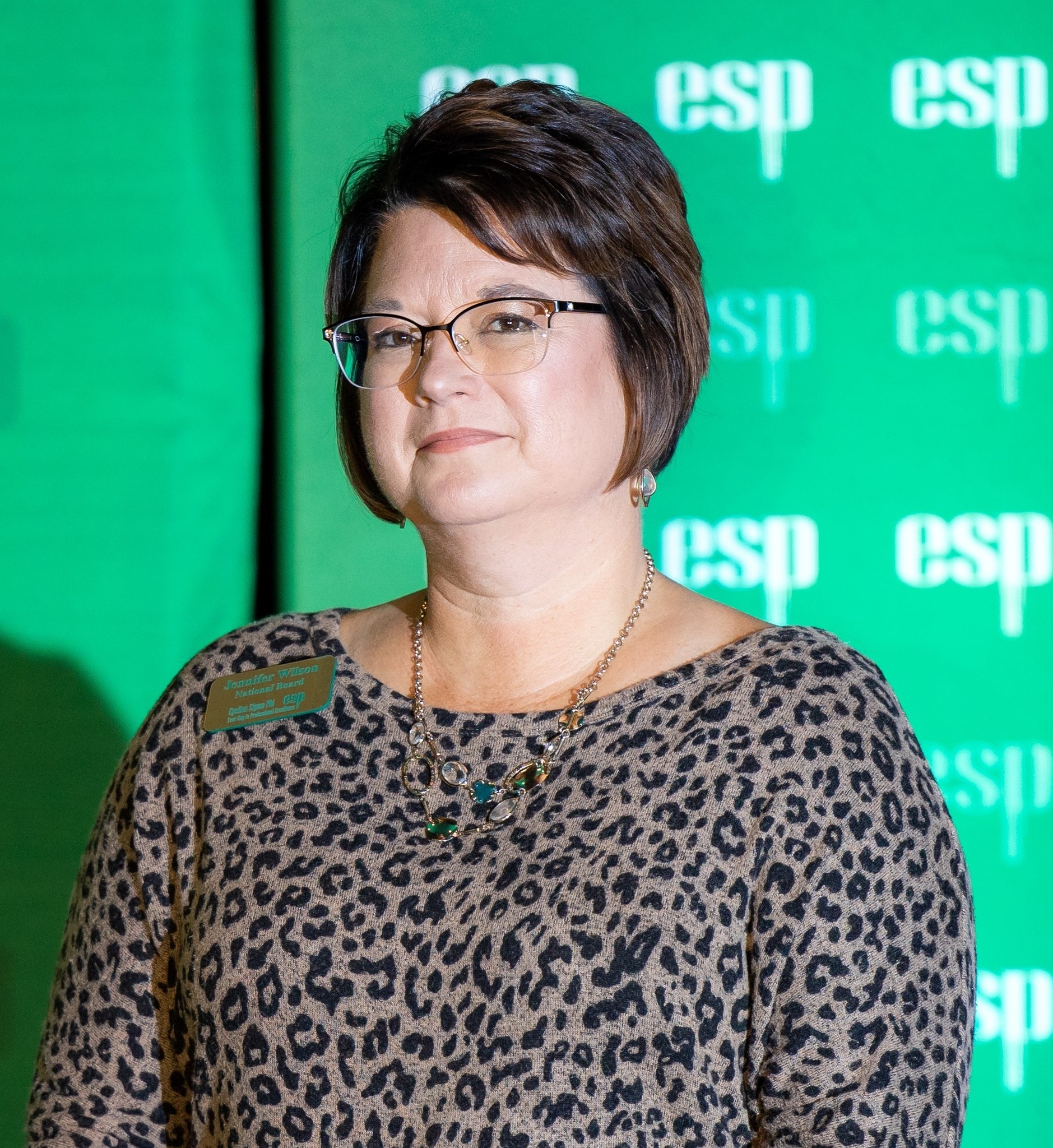April 9, 2024
Lessons Learned from Civil Rights Compliance Reviews

During the past month, I had the opportunity to travel across the state conducting civil rights compliance reviews. While some would shudder at the thought, I really had a good time. Twelve local units participated in reviews this year and I would like to thank everyone who met with me, and shared time, stories, and insights into your local communities.
The intent of these meetings was for administrators and local units to have conversations about reporting, parity, language access and other important civil rights compliance concepts. I shared with each group that our intent was for us to learn as much -- if not more -- from local units as they learned from us. I considered it a personal success each time I was told ‘Wow, this wasn’t as bad as I expected.’
I’d like to share some insights and lessons learned from these compliance reviews that will help us as a system improve our compliance efforts.
1. ‘Prefer not to respond’ is better than ‘Unknown.’ We heard in each location and have seen reports on annual civil rights check-ups that getting program participants to provide demographic information is difficult. We understand this, and have two suggestions to help us decrease our number of unknown contacts across the system.
First, collecting demographic data through registration, especially electronic, works very well.
Second, when using paper forms, success is highly dependent on how we ask for the information.
When we approach this from a positive perspective, informing program participants that this information helps us to continue provide educational programs. Additionally, let them know that there is an option to check “prefer not to respond” on the form, and that option is much better for our records than if they leave the form blank.
2. Our agents know their communities like the back of their hands. I loved hearing stories in each visit from agents who have developed relationships with people across their local unit. If your unit is struggling to achieve parity with certain demographics, concentrate on developing relationships with those groups. As the old adage goes, they won’t care what you know, until they know you and know you care.
3. There is room for improvement with all reasonable efforts. We do a really great job at using all available forms of media to market our programs. That’s the first step in our public notification effort, but it’s not all we need to do.
When we aren’t reaching a certain demographic with our programs, we need to engage in targeted marketing. This could be letters, emails, phone calls or personal contact with individuals in the group(s) we are trying to reach. It also may involve working through community partners who reach the groups we’d like to include.
I suspect that we’re already doing this to some degree, but we have to document our efforts in our civil rights files. Each time you have one of those conversations or send an email or letter to an individual in an underrepresented group, document it in the civil rights files.
4. Parity is not a box that we check and move on. It is something that will constantly be in front of us. Our communities and programs are dynamic and we must continually track how we are doing in our efforts to reach underserved populations.
Thanks to all for your continued civil rights compliance efforts. We have come a long way in the past five years and will work together to continue to get better.